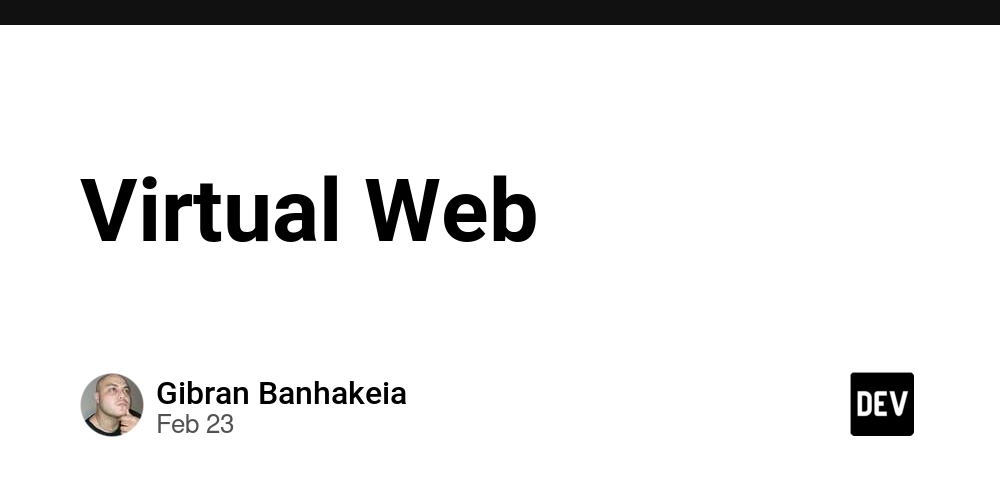Azure Logic Apps & AWS Step Functions
There are occasions where you may not want to build out complex code to run large workflows, want a more graphical representation of the workflow for architectural purposes, or perhaps members of the team may not have the programming abilities to build out the complex logic (for example, a startup just looking to get an application out). In these cases, thinking of a graphical representation of a workflow may be incredibly efficient. This blog post will talk about the why and how around both Azure Logic Apps and AWS Step Functions, which give you a graphical approach to deployment. What They Do There are a lot of different ways to graphically represent an application workflow. One that always comes to mind is a product that was sold to PagerDuty years ago called Rundeck. Rundeck gave a graphical representation of an SRE workflow in terms of alerting and automating issues that may occur within an environment. The primary goal with any of these tools is to, like many other tools in various categories, reduce complexity. The reduced complexity typically works for teams who either: May not have the expertise in-house for each of the services, but still need to use them for workloads. Teams that just want an easier way to implement workflows. The ultimate goal for these tools is to give engineers a method to create complex workflows without having to write a ton of code. It’s a No-Code solution.

There are occasions where you may not want to build out complex code to run large workflows, want a more graphical representation of the workflow for architectural purposes, or perhaps members of the team may not have the programming abilities to build out the complex logic (for example, a startup just looking to get an application out).
In these cases, thinking of a graphical representation of a workflow may be incredibly efficient.
This blog post will talk about the why and how around both Azure Logic Apps and AWS Step Functions, which give you a graphical approach to deployment.
What They Do
There are a lot of different ways to graphically represent an application workflow. One that always comes to mind is a product that was sold to PagerDuty years ago called Rundeck. Rundeck gave a graphical representation of an SRE workflow in terms of alerting and automating issues that may occur within an environment.
The primary goal with any of these tools is to, like many other tools in various categories, reduce complexity.
The reduced complexity typically works for teams who either:
- May not have the expertise in-house for each of the services, but still need to use them for workloads.
- Teams that just want an easier way to implement workflows.
The ultimate goal for these tools is to give engineers a method to create complex workflows without having to write a ton of code. It’s a No-Code solution.










































































































































































![[The AI Show Episode 142]: ChatGPT’s New Image Generator, Studio Ghibli Craze and Backlash, Gemini 2.5, OpenAI Academy, 4o Updates, Vibe Marketing & xAI Acquires X](https://www.marketingaiinstitute.com/hubfs/ep%20142%20cover.png)



























































































































![[FREE EBOOKS] The Kubernetes Bible, The Ultimate Linux Shell Scripting Guide & Four More Best Selling Titles](https://www.javacodegeeks.com/wp-content/uploads/2012/12/jcg-logo.jpg)



![From drop-out to software architect with Jason Lengstorf [Podcast #167]](https://cdn.hashnode.com/res/hashnode/image/upload/v1743796461357/f3d19cd7-e6f5-4d7c-8bfc-eb974bc8da68.png?#)






































































































.png?#)




.jpg?#)































_Christophe_Coat_Alamy.jpg?#)








































































































![Rapidus in Talks With Apple as It Accelerates Toward 2nm Chip Production [Report]](https://www.iclarified.com/images/news/96937/96937/96937-640.jpg)









































































































































